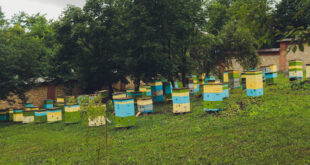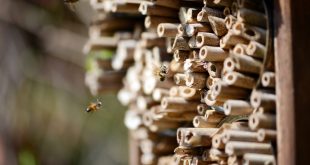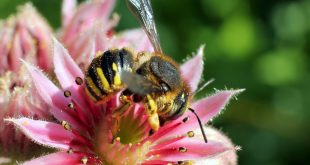Beekeeping in Jamaica has been on an upward trajectory over the last couple of years, described as the fastest-growing sub-sector in Jamaica’s agricultural industry. Jamaica is a hub for a wide variety of flowers, backed by favorable year-round weather that provides the right conditions for raising bees. Commercial beekeepers have …
Read More »Best Indoor Plants for Beginners: Easy-to-Grow Houseplants for a Green Thumb Start
Welcome to the lush realm of houseplants, an oasis where you can curate your personal indoor rainforest without stepping outside your cosy abode! If you're just embarking on this botanical journey, it might seem as though you're trying to find your way through a thick woodland...in total darkness. But don't worry, budding plant enthusiasts, we've got you covered!
Read More »Beekeeping Technologies Beneficial To Your Operation
Stay ahead in beekeeping with our article on the latest beekeeping technologies. It highlights innovative tools and techniques that can enhance your beekeeping operation, from advanced hive monitoring systems to efficient honey extraction methods. Ideal for beekeepers looking to modernize their practices and improve colony health and productivity.
Read More »How to Harvest Wild Bee Cocoons (Solitary Bees)
Embark on the rewarding journey of harvesting wild bee cocoons with our informative guide. This article is perfect for those looking to support local bee populations. It provides essential tips and techniques for collecting wild bee cocoons, a key step in promoting the health and growth of native bee species in your area.
Read More »How to Harvest Leafcutter Bee Cocoons
Uncover the fascinating process of harvesting leafcutter bee cocoons with our insightful article. Ideal for both novice and experienced beekeepers, this guide offers step-by-step instructions on safely and effectively harvesting these precious cocoons, crucial for nurturing and growing a healthy leafcutter bee population.
Read More » BeeKeepClub Resources and Guides for Beekeepers
BeeKeepClub Resources and Guides for Beekeepers





